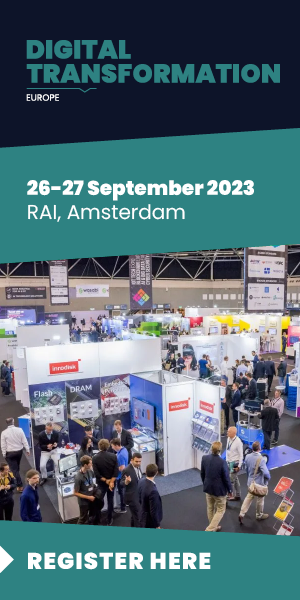
Developer technologies, such as Kubernetes, are rapidly evolving. Driven by a quest to deliver faster performance, optimised efficiency, and enhanced business results, organisations are under pressure to keep up with the changing needs of engineering teams, as well as their customers.
While developer tools are geared towards progression, the speed of change means that they sometimes miss the forest for the trees. In today’s world, the most prevalent tool within the industry is equally the most misunderstood. Yet, to thrive, developers must be able to make sense of Kubernetes clusters with observability.
Navigating Complex Infrastructures
The rise of microservices and cloud-native applications has created an application infrastructure that is increasingly complex and difficult to understand. Kubernetes is a clear example of this. According to the Cloud Native Computing Foundations 2020 Cloud Native Survey, a significant proportion of developers lack the clarity and understanding required to inform decision making for site reliability engineering fuelled by data.
However, data analytics on application infrastructure is an emerging area within software engineering. Typically, tasks such as CI/CD workload sizing, resource distribution, and load balancing are ad-hoc decisions, and are defined by a lack of contextual insight. By contrast, developers who have access to analysed data can better understand the behaviour of their applications. They will also be able to automate manual workloads and connect engineering decisions with business-centric metrics such as end-user latency.
To navigate this increasingly complex landscape, engineering teams must employ Kubernetes observability. With this in mind, let’s explore what this means for developers, engineers and businesses as a whole.
What is Kubernetes Observability?
The definition of “observability” means different things to different people. However, despite its various interpretations, it should be viewed as an overarching metric, as opposed to a stand-alone product or solution. Ultimately, this is because observability has the potential to define your team’s ability to identify and respond to a problem. When employed accurately, observability will enable developer teams to recognise and address errors and anomalies. Conversely, teams who simply do not adopt observability, or who do so poorly, will find themselves working tirelessly in the dark, trying to make sense of a tsunami of alerts, errors and downtime.
Adding to the challenges, microservices and containers increase the surface area of a team’s infrastructure, as well as the recurrence of software changes. This intricacy hinders engineering teams’ ability to achieve optimised observability, as well as their understanding of the performance of their cloud-native applications. Deploying Kubernetes is, therefore, critical for engineering teams to effectively scale and simplify complex, siloed processes. However, the most invaluable advantages of Kubernetes clusters are only attainable by those who maintain good observability.
Enjoying the Benefits of Kubernetes
To reap the benefits of organised Kubernetes clusters– such as increased application reliability and efficiency– developer teams must first be able to quickly identify and respond when their tools are underperforming. To do so, they must establish a baseline for the health and capacity of the cluster. Infrastructure monitoring is therefore essential and keeping track of application metrics provides an important first-step when recognising challenges in performance, as well as unexpected anomalies.
When employing Kubernetes observability, developer teams must monitor relevant events, such as health checks, new deployments, and autoscaling. Technologies like extended Berkeley Packet Filter (eBPF) automatically track metrics, trace logs and events, covering every layer of the tech stack from applications to operating systems. Additionally, properly deployed Kubernetes observability includes understanding how microservices communicate with each other. Kubernetes metadata can ultimately define the performance and distributed traces of applications. As a result, developers have visibility over important performance data, specifically into throughput, transaction times and error rates. Consequently, they will also have access to the correct tools to help them troubleshoot problems and solve issues, improving efficiency and productivity.
But, accurate observability isn’t simply a case of monitoring. In reality, it’s more profound. It fundamentally alters the ways in which developers interact with their applications by correlating events, and contextualising errors within the background of their broader environment. Without observability, teams juggle a series of tools, struggling to make sense of the wider picture. Those who deploy good Kubernetes observability will find that they can connect logging data to other monitoring tools, enabling them to better assess anomalies and solve problems quickly.
Leading from the Front with Observability
As an industry, we’ve recognized the potential for Kubernetes, yet we’ve struggled to realize that potential. Observability is an essential step that must be taken to maximize resources, limit errors and quickly address problems when they occur. As teams improve their Kubernetes observability, they’ll enjoy both a less stressful user experience and improved business outcomes.
(Photo by Vladimir Anikeev on Unsplash)

Looking to revamp your digital transformation strategy? Learn more about the Digital Transformation Week event taking place in Amsterdam on 23-24 November 2021 and discover key strategies for making your digital efforts a success.







